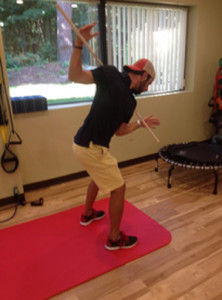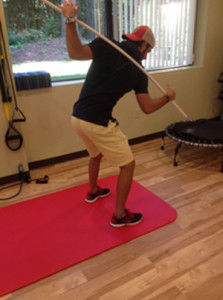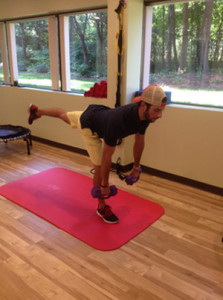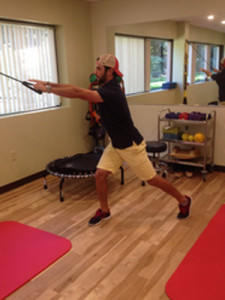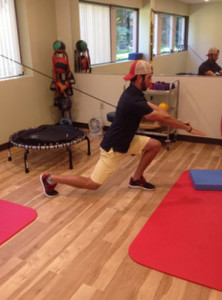Over time, professional golfers have used several different treatment and training methods to improve their game. Chiropractic care has been part of the PGA and LPGA tours for many years. The same benefits that professionals receive from chiropractic care is available to golfers of any skill level. To illustrate this point, I’d like to share with you the case of 22-year-old Steven.
Steven is a competitive golfer, playing at the Division I collegiate level. He also participates regularly in highly competitive ametuer tournaments around the country. Steven sought out our services because he was experiencing back pain that was limiting his ability to play at his best.
Following our consultation, we were able to begin a care program that involved chiropractic care, muscular therapy, and corrective exercise. We targeted imbalances created in his spinal column and muscular system that were causing his pain problems, and he began to see improvements in his condition within a couple of sessions. Seeing this improvement, we quickly transitioned him to a corrective exercise program that was designed to specifically address the movement imbalances he was experiencing.
Almost everyone has imbalances within their movement system—some subtle, and some not so subtle. Athletes often develop imbalances in their movement systems due to injury, movement habits, or compensations that occur as a natural part of the sport. Most sports have repetitive movements that are often one-sided. These imbalances are widely recognized in tennis, golf, and in throwing athletes, and can be a significant part of their pain problem.
In a recent visit—a routine follow up—we did a final tune-up for the kickoff of Steven’s collegiate season. He has been doing a great job with his exercise program during this summer’s tournament schedule and is seeing very solid results, both in his pain level and in his game. Here are just a couple of exercises we use with Steven to address his underlying issues and keep him on target.
Standing Trunk Twist (Right)
Standing Trunk Twist (Left)
Single Leg Dumbbell Deadlift
High-to-Low Single Arm Chop (Start Position)
High-to-Low Single Arm Chop (Finish Position)
This case is a great example of how chiropractic care, combined with muscular therapy and corrective exercise, is a very powerful approach to troubleshooting and solving problems in athletes. Regardless of skill level, sport or activity you may engage in, creating balance in the the body’s skeletal, muscular and nervous systems is key in solving the root cause of pain and limitations.
I would like to thank Steven for being gracious in allowing us to share his story and photos with you. We wish him the best of luck in his upcoming college season!
Dr. Scott


